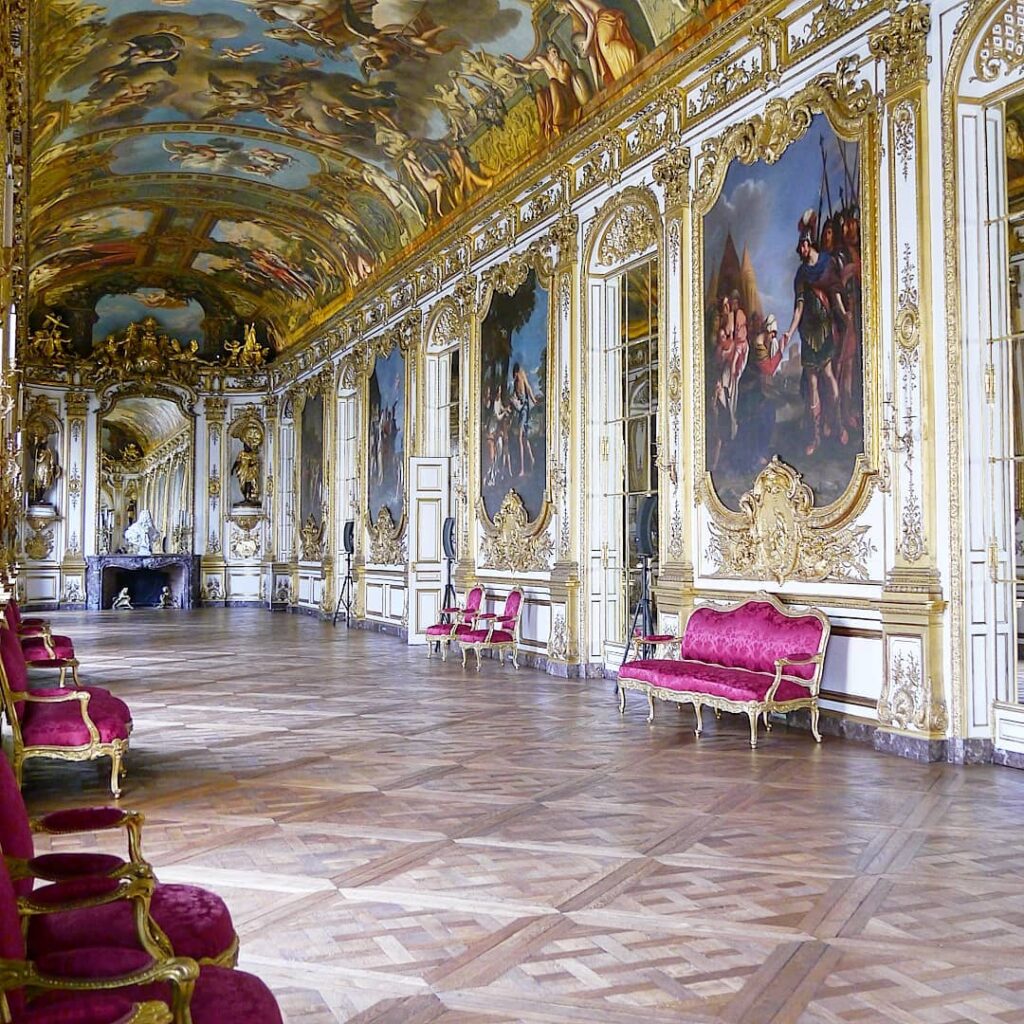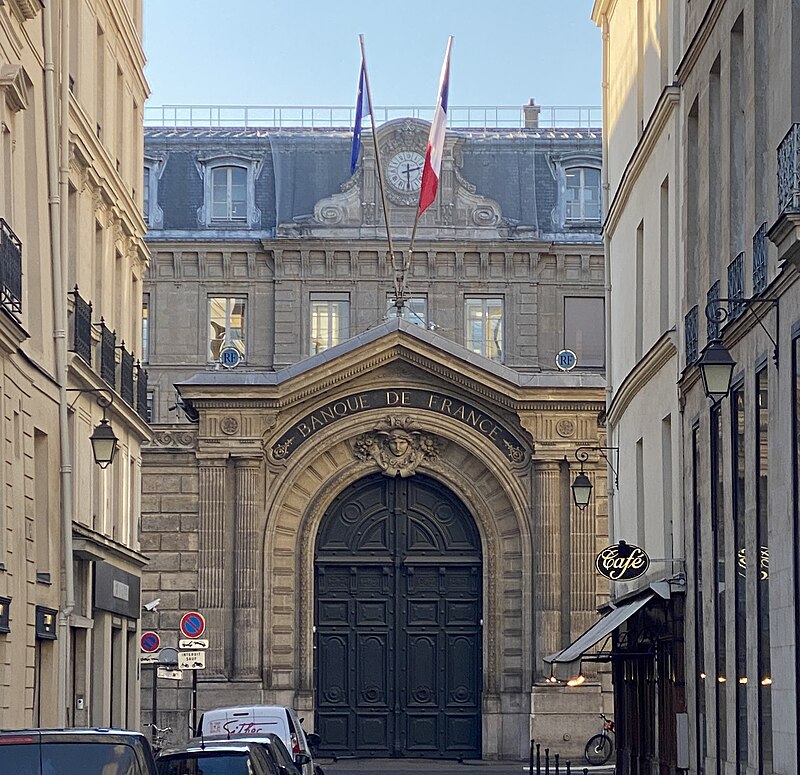The Louvre’s Jewels Now Behind the Thickest Walls in France

Almost a week after the Louvre heist, the museum quietly moved what was left of its crown jewels to the Banque de France.
The transfer took place under maximum security – armored trucks, armed escorts, GPS tracking, and total secrecy.
It wasn’t exactly a long journey: the Banque de France is just 300 meters from the Louvre. But this time, authorities weren’t taking any chances.
According to the Louvre, the move was made “to protect the remaining jewels under the highest level of security.” These are the most precious pieces that weren’t stolen from the Galerie d’Apollon.

The exact number and details haven’t been made public, and no one knows when they’ll return to display.
The decision was made after several days of internal discussions, as investigators combed the crime scene for clues. Around 150 DNA samples were reportedly collected to help identify the thieves.
Security expert Julien Jeannet described the operation as “exceptional” and “under extreme discretion.” The transfer was handled by the Brigade de Répression du Banditisme (BRB) together with the Banque de France’s armored convoy units.
Vehicles were tracked in real time, police bikes surrounded the convoy, and the entire route was under surveillance despite the short distance.
In Jeannet’s words, “everything was coordinated minute by minute.” A little ironic, considering how little coordination there seemed to be the night of the heist.
That irony hasn’t escaped the public. Many find it hard not to notice the timing: all these bulletproof protocols for a 300-meter move, a week after the jewels vanished. It’s like locking the vault once the gold’s already gone.
Adding to the frustration, a report by Libération’s CheckNews team revealed that the Louvre’s 1.3-kilometer exterior façade is monitored by only five cameras. Five. For one of the most visited and valuable museums on Earth.
Security experts have been calling for improvements for years – more cameras, smarter alarms, better communication between guards. All of which now sounds obvious in hindsight.
Despite the uproar, Culture Minister Rachida Dati insisted that no system had failed and that alarms had gone off “as they should have.” She did, however, concede a “weakness” in the exterior surveillance, a small detail that now feels like the understatement of the year.
While the investigation continues, the Louvre’s remaining treasures now rest behind the stone walls of the Banque de France, arguably the safest vault in the country.
For many, the scene of armored trucks and armed escorts just steps from the museum feels like overcompensation, a show of strength arriving a little too late.
In the end, what’s left isn’t just the question of who stole the jewels, but how a museum that guards centuries of French heritage ended up learning the value of good security only after the damage was done.
